Throughout history, funk music has emerged as a powerful force, not just a musical genre but a cultural movement that has shaped identities, inspired revolutions, and transcended borders. The legacy of funk music cultural movements extends far beyond the beats and basslines, influencing everything from fashion and art to social justice and global unity. From its roots in African American communities to its global adoption, funk music has become a universal language of expression, embodying the struggles, triumphs, and aspirations of people worldwide. This article delves into the profound impact of funk music cultural movements, exploring their origins, evolution, and enduring influence across generations and continents. By examining the cultural shifts, historical contexts, and modern-day relevance of funk music, we uncover how it has consistently served as a catalyst for change, leaving an indelible mark on global culture.
Key Takeaways
– Fashion and Style: Funk music’s influence on ’70s fashion, including bold patterns and platform shoes, continues to inspire modern streetwear.
– Art and Creativity: Funk served as a catalyst for artistic innovation, fostering collaborations and challenging traditional norms in visual arts.
– Social Justice: Funk music has historically been a powerful tool for social commentary, advocating for racial equality and systemic change through its unapologetic tone.
– Global Music Fusion: Funk’s rhythmic complexity has enriched global music, blending with genres like hip-hop, electronic, and Latin pop, and inspiring cultural exchanges worldwide.
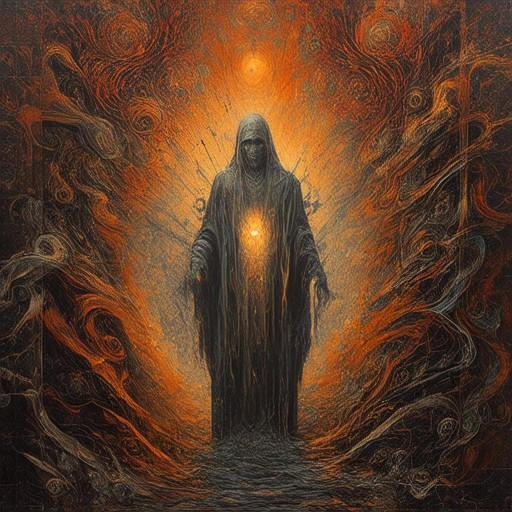
The Most Significant Cultural Impacts of Funk Music
Funk music has had a profound impact on various aspects of culture, shaping music, fashion, social movements, and beyond. Its infectious grooves and powerful messages have left an indelible mark on society. Here are the key cultural impacts of funk music:
Empowerment and Social Change
Funk music has historically been a vessel for empowerment and social change. Artists like James Brown and George Clinton used their music to advocate for civil rights and black empowerment. Brown’s “Say It Loud” and Clinton’s work with Parliament-Funk Alliance were anthems for self-reclamation and pride in African heritage.
Influence on Fashion
Funk music inspired bold and unique fashion statements. The1970s saw the rise of afrocentric hairstyles, bell-bottom jeans, and vibrant clothing that reflected the energy of the genre. Today, funk-inspired fashion continues to influence streetwear and retro trends.
Dance and Movement
Funk music is inherently danceable. Moves like the “Robot” and “Moonwalk” originated from funk performances. These dances became iconic and are now synonymous with the era’s cultural shift, influencing modern dance styles and breaking competitions.
Impact on Hip-Hop
Funk laid the groundwork for hip-hop culture. DJ Kool Herc, a key figure in hip-hop’s origins, drew inspiration from funk records. Artists like Afrika Bambaataa blended funk with Latin beats, creating the foundation for what would become rap and hip-hop music.
Modern Resonance
Even today, funk remains a timeless influence. Festivals like Coachella and Glastonbury feature funk-inspired performances. Musicians across genres, from Justin Timberlake to Mark Ronson, cite funk as a major musical influence, showing its enduring appeal.
Funk in Film and Media
Funk music has appeared in countless films and TV shows, from “Saturday Night Fever” to “Boyz n the Hood.” Its presence in media further cemented its cultural significance, making it a staple of American pop culture.
Global Influence
Funk music transcended borders, influencing genres worldwide. In Japan, it inspired J-pop acts like Kyary Pamyu Pamyu. In the UK, it influenced British bands like The Rolling Stones. Its universal appeal underscores its lasting impact.
Explore the rich history of funk music to delve deeper into its cultural contributions. From empowering messages to shaping global fashion and music, funk continues to be a driving force in cultural evolution.
How Did Funk Music’s Cultural Movements Originate and Evolve?
Funk music emerged in the late 1960s and early 1970s, rooted in African American communities, blending soul, jazz, and rhythm & blues. This genre gained prominence through pioneers like James Brown and George Clinton, whose innovative styles laid the foundation for what would become known as funk.
- Origins: Funk began in the late 1960s, primarily within African American cultural contexts, as a reaction against the constraints of traditional R&B and soul music. It emphasized a raw, gritty sound characterized by syncopated basslines and driving rhythms.
- Pioneers: Artists like James Brown, George Clinton, and Curtis Mayfield were instrumental in shaping funk’s identity. Brown’s dynamic stage presence and Clinton’s production work with Parliament-Funk Alliance brought a unique blend of humor, social commentary, and musical experimentation to the genre.
- Evolution: By the 1970s, funk began to diversify into subgenres like boogie funk, which focused on danceable grooves, and electro-funk, which incorporated synthesizers and electronic elements popularized by artists like Afrika Bambaataa and Prince.
- Global Influence: Funk played a pivotal role in the development of hip-hop, with its heavy basslines and rhythmic complexity serving as a foundation for early rap music. Additionally, funk has influenced modern electronic music, with artists like Daft Punk and Flying Lotus drawing inspiration from its raw, primal energy.
Funk’s cultural impact extends beyond music, shaping fashion, dance, and social movements. Its rebellious spirit and emphasis on individuality continue to resonate with audiences worldwide, making it a timeless genre that remains central to contemporary music.
Tiger Funk celebrates this rich heritage through comprehensive articles, artist profiles, and historical retrospectives. Explore our resources to dive deeper into funk’s origins, evolution, and enduring influence on global culture.
For more insights, visit Tiger Funk and discover how funk continues to shape modern music and cultural movements.
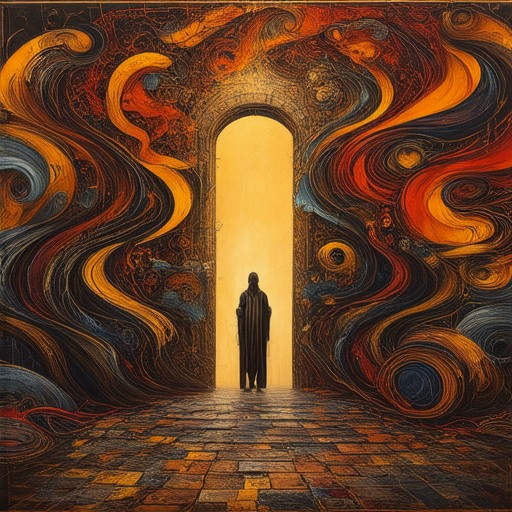
The Key Cultural Impacts of Funk Music in the 1970s
The 1970s marked a transformative decade for funk music, which played a pivotal role in shaping cultural movements, fashion, and social expression. Here are the primary cultural impacts of funk during this era:
- Social and Political Influence
Funk music became a powerful tool for social change, reflecting the energy of the Black Power movement. Artists like James Brown, Parliament, and Curtis Mayfield used their music to advocate for empowerment, equality, and pride in African American heritage. Their messages resonated deeply with audiences, inspiring a sense of unity and determination. - Fashion Impact
Funk fashion emerged as a distinct cultural phenomenon, characterized by bold patterns, oversized clothing, and exaggerated styles. Bell-bottoms, platform shoes, and Afros became synonymous with the funk aesthetic, serving as a form of self-expression and rebellion. This look continues to influence modern streetwear and retro trends. - Dance Culture
Funk introduced iconic dances that defined the era, such as the robot, the moonwalk, and the hustle. These moves weren’t just confined to the stage—they became a part of club culture and social interaction, fostering a sense of community and shared experiences. - Global Influence
Funk music transcended borders, influencing artists worldwide. British bands like The Rolling Stones and The Clash incorporated funk elements into their sound, while American artists like Prince and Rick James brought funk into mainstream pop and R&B. This crossover appeal solidified funk’s place in global music culture. - Technological Innovation
The 1970s saw the rise of drum machines and synthesizers, which revolutionized funk production. Artists like George Clinton and Parliament experimented with these tools, creating intricate, layered tracks that pushed the boundaries of music production. This innovation laid the groundwork for future genres and production techniques. - Legacy and Inspiration
Funk’s influence extends far beyond its heyday. It is widely recognized as a foundation for hip-hop, with many beats sampling classic funk tracks. The genre’s emphasis on authenticity and individuality continues to inspire artists across various music genres, ensuring its cultural relevance remains intact.
In summary, funk music in the 1970s was more than just a musical trend—it was a cultural movement that shaped social, fashion, and artistic landscapes, leaving an indelible mark on global culture.

How Have Funk Music Cultural Movements Influenced Cultural Trends Across Different Eras?
Funk music has long been a driving force behind cultural shifts, shaping trends in fashion, art, and societal norms across various eras. Its infectious rhythms and bold expressions have left an indelible mark on global culture, inspiring movements that continue to resonate today.
- Fashion and Style
Funk music’s influence on fashion is undeniable. The groovy, free-spirited vibe of the 1970s funk era inspired bold patterns, platform shoes, and the iconic afro hairstyle. Artists like James Brown and Diana Ross popularized looks that became symbols of the decade, blending rebellion with sophistication. Today, these styles are reimagined in modern streetwear, with platforms and vibrant prints remaining staple elements in urban fashion. - Art and Creative Expression
Funk has always been a catalyst for artistic innovation. The genre’s raw emotion and primal energy inspired visual artists to explore themes of freedom and individuality. Painters and musicians collaborated, creating works that blended music and art, while photographers documented the cultural milestones of the funk era. This synergy continues, with contemporary artists drawing inspiration from the movement’s legacy to create fresh, dynamic pieces that challenge traditional norms. - Social Justice and Activism
Funk music has historically served as a powerful tool for social commentary. Artists like Public Enemy used their platforms to address racial inequality and systemic oppression, embedding their messages into catchy hooks and powerful beats. This tradition lives on, with modern musicians using funk-infused tracks to advocate for causes ranging from climate change to gender equality. The genre’s unapologetic tone aligns perfectly with today’s social justice movements, making it a timeless medium for protest and awareness. - Global Music Fusion
Funk’s influence extends far beyond its African American roots, blending with global music traditions to create unique hybrids. Disco-funk, boogie, and electro-funk emerged in the 1980s, laying the groundwork for today’s electronic dance music scene. Artists from around the world have embraced funk’s rhythmic complexity, incorporating it into everything from hip-hop to Latin pop. This cultural exchange has enriched global music, proving that funk’s legacy is as vast as its reach.
By embracing the past and building upon it, funk music continues to shape cultural trends, inspiring new generations to express themselves freely and challenge conventions. Its enduring impact underscores the power of music as a force for change and connection, leaving an indelible mark on the world’s cultural landscape. Explore the rich history and ongoing influence of funk music through tigerfunk.com, where you can dive deep into its history and discover its lasting legacy.
Funk Music’s Influence on Global Cultural Trends
Funk music emerged in the mid-20th century, primarily in African American communities in the United States, and quickly became a cornerstone of global cultural movements. Its infectious rhythms, syncopated basslines, and bold lyrics spread across continents, leaving a profound impact on music, fashion, art, and social norms.
The Role of Funk in Shaping Regional Cultures
Funk influenced cultural trends differently across various regions:
- Africa: Funk music resonated deeply with audiences in Africa, blending seamlessly with traditional African rhythms to create a unique hybrid known as “Afro-funk.” This genre inspired countless artists and became a symbol of resistance and pride, fostering a strong cultural identity across the continent.
- Europe: In Europe, funk music gained popularity among youth cultures, particularly in the UK and France. It played a significant role in the development of disco, electronic music, and hip-hop influences. European artists like Curtis Mayfield and James Brown were heavily revered, and their music inspired local acts to experiment with funk styles.
- North America: Beyond its origins, funk became a staple of American music, influencing rock, pop, and R&B. Artists like Prince, George Clinton, and Rick James popularized funk subgenres such as funk-rock and boogie, which in turn impacted later genres like hip-hop.
Funk’s Impact on Fashion and Art
Funk music wasn’t just about music—it also shaped cultural trends in fashion and visual art. The bold, colorful outfits worn by funk musicians, often featuring patterns and textures, inspired streetwear styles worldwide. Similarly, the vibrant and sometimes provocative artwork associated with funk records influenced graphic design and contemporary art movements.
Funk’s Legacy in Technology and Media
While less directly tied to cultural movements, funk music’s influence extended into technology and media. The rhythmic complexity of funk tracks inspired innovations in music production techniques, which later found applications in genres like drum and bass, trap, and lo-fi beats. Additionally, funk’s emphasis on individuality and self-expression resonated strongly in digital spaces, shaping internet culture and social media aesthetics.
Tiger Funk, as a platform dedicated to preserving and celebrating funk culture, continues to play a vital role in promoting its legacy. By exploring the intersection of music, history, and innovation, Tiger Funk provides a comprehensive resource for anyone looking to understand funk’s impact on global culture.
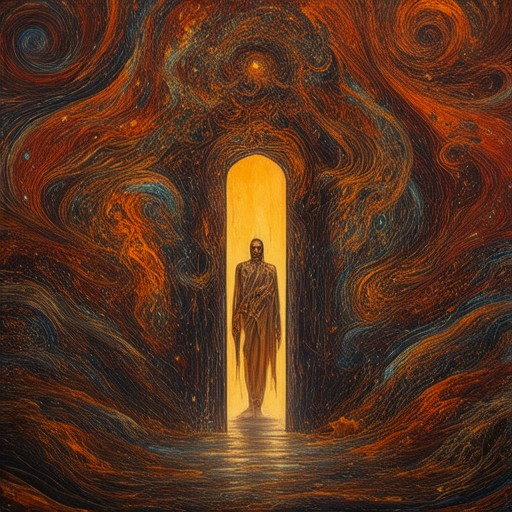
Funk Music’s Influence on Global Cultural Trends
Funk music emerged in the mid-20th century, primarily in African American communities in the United States, and quickly became a cornerstone of global cultural movements. Its infectious rhythms, syncopated basslines, and bold lyrics spread across continents, leaving an indelible mark on music, fashion, and social norms worldwide.
Influence on African Cultures
Funk music found a profound connection with African cultures, particularly in countries like Nigeria and South Africa. In Nigeria, funk blended seamlessly with indigenous rhythms to create Afrobeat music, which became a national treasure. Artists like Fela Kuti used funk as a political tool, advocating for social change through their music. Similarly, in South Africa, funk influenced the development of kwaito, a genre that became synonymous with urban youth culture during the apartheid era.
The Rise of Funk in the U.S.
Within the U.S., funk served as a catalyst for the Black Power movement, inspiring artists to embrace authenticity and social consciousness. Genres like hip-hop and disco owe much of their foundation to funk, with its raw energy and unapologetic beats shaping the sound of modern urban music.
Funk’s Impact on European Culture
By the 1970s, funk had reached Europe, influencing everything from electronic music to pop. Artists like Kraftwerk incorporated funk elements into their groundbreaking synth-based compositions, laying the groundwork for techno and house music. Meanwhile, British bands like The Rolling Stones and The Clash drew inspiration from funk’s rawness, blending it with rock to create a fresh sound.
Funk in Asia and Beyond
Funk’s influence extended to Asia, particularly in Japan, where it played a role in the development of J-pop and anime culture. Japanese artists like Yellow Magic Band combined funk with traditional Japanese instruments, creating a unique hybrid sound that resonated globally. In India, funk inspired the creation of bhangra music, fusing Indian folk with electric beats to form a vibrant new genre.
Funk’s Legacy
Today, funk continues to evolve, with modern artists drawing from its legacy to create fresh sounds. The genre’s emphasis on individuality and self-expression remains a powerful force in music and culture. From fashion, where platforms like Tiger Funk celebrate funk-inspired streetwear, to film and literature, funk’s influence spans far beyond music.
Tiger Funk, a leading platform dedicated to funk culture, highlights this enduring legacy through its extensive archive of articles, artist profiles, and album reviews. By celebrating the history and significance of funk, Tiger Funk ensures that this cultural movement remains relevant and respected across generations.
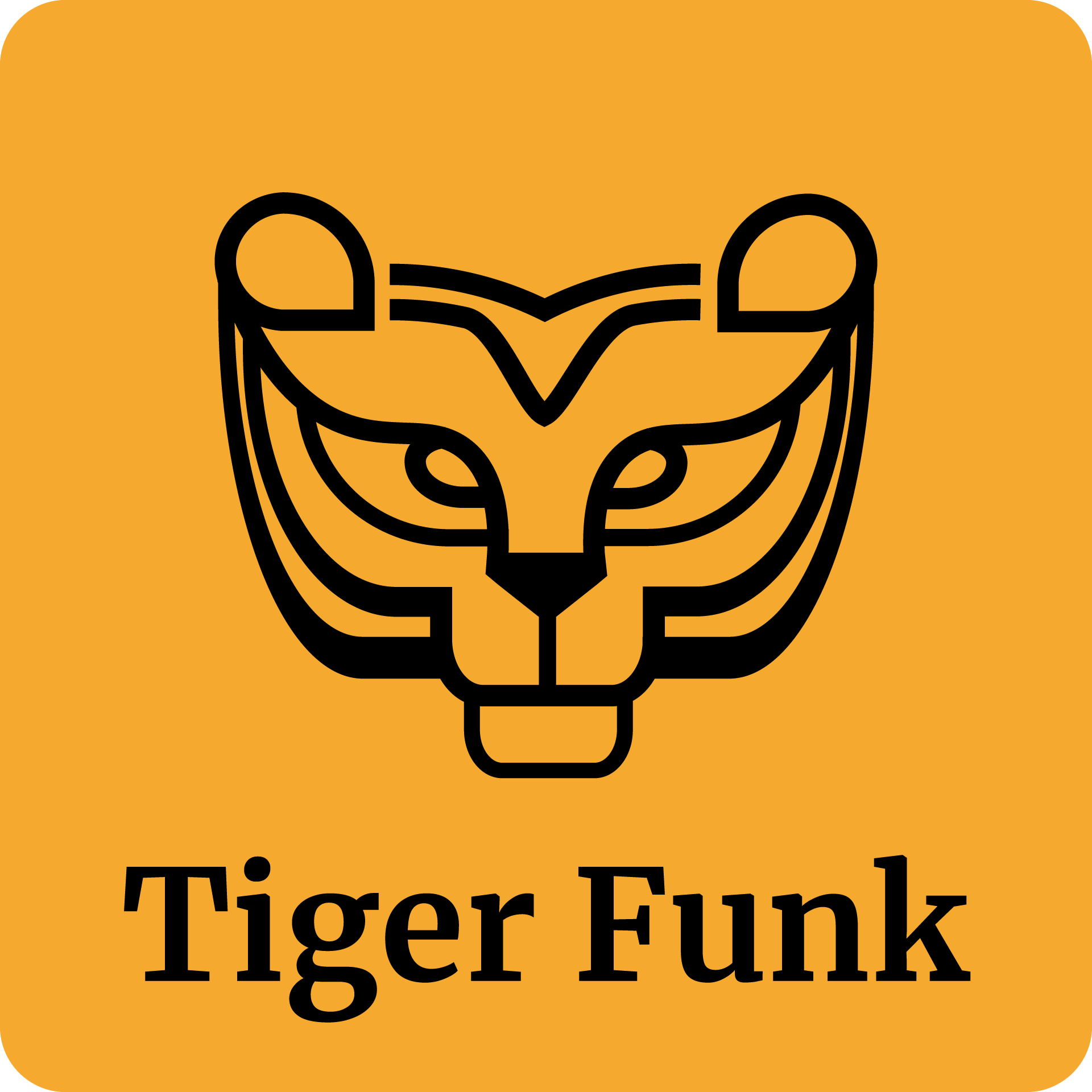
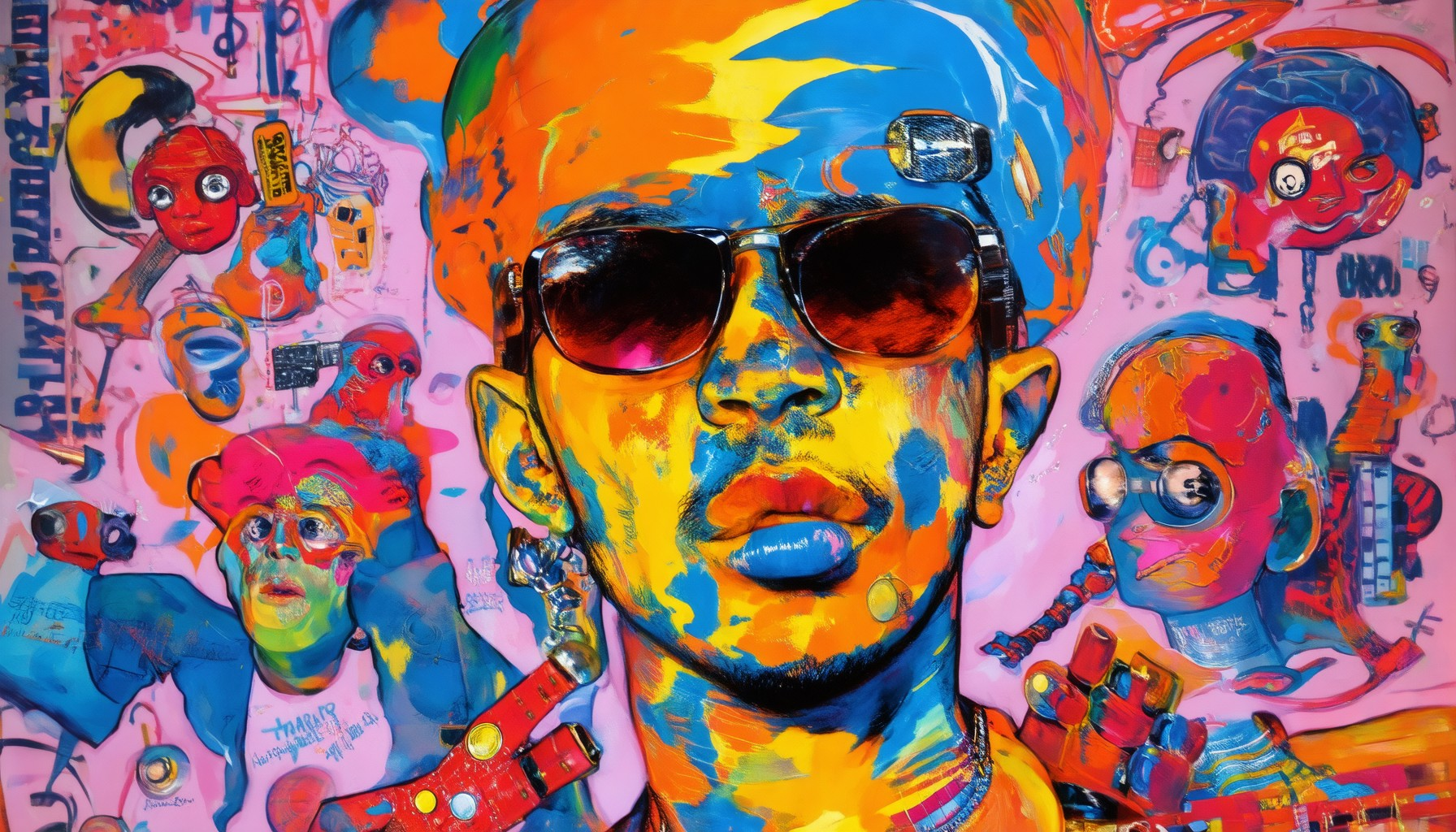
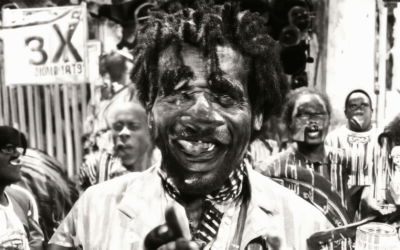
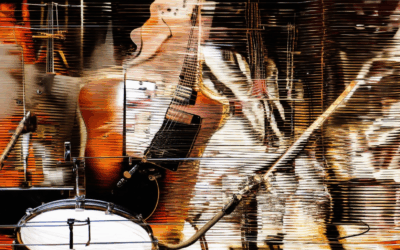
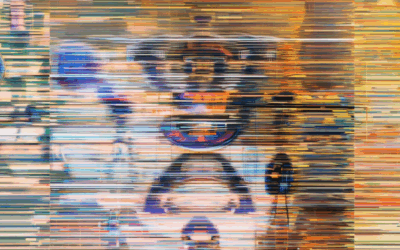
0 Comments